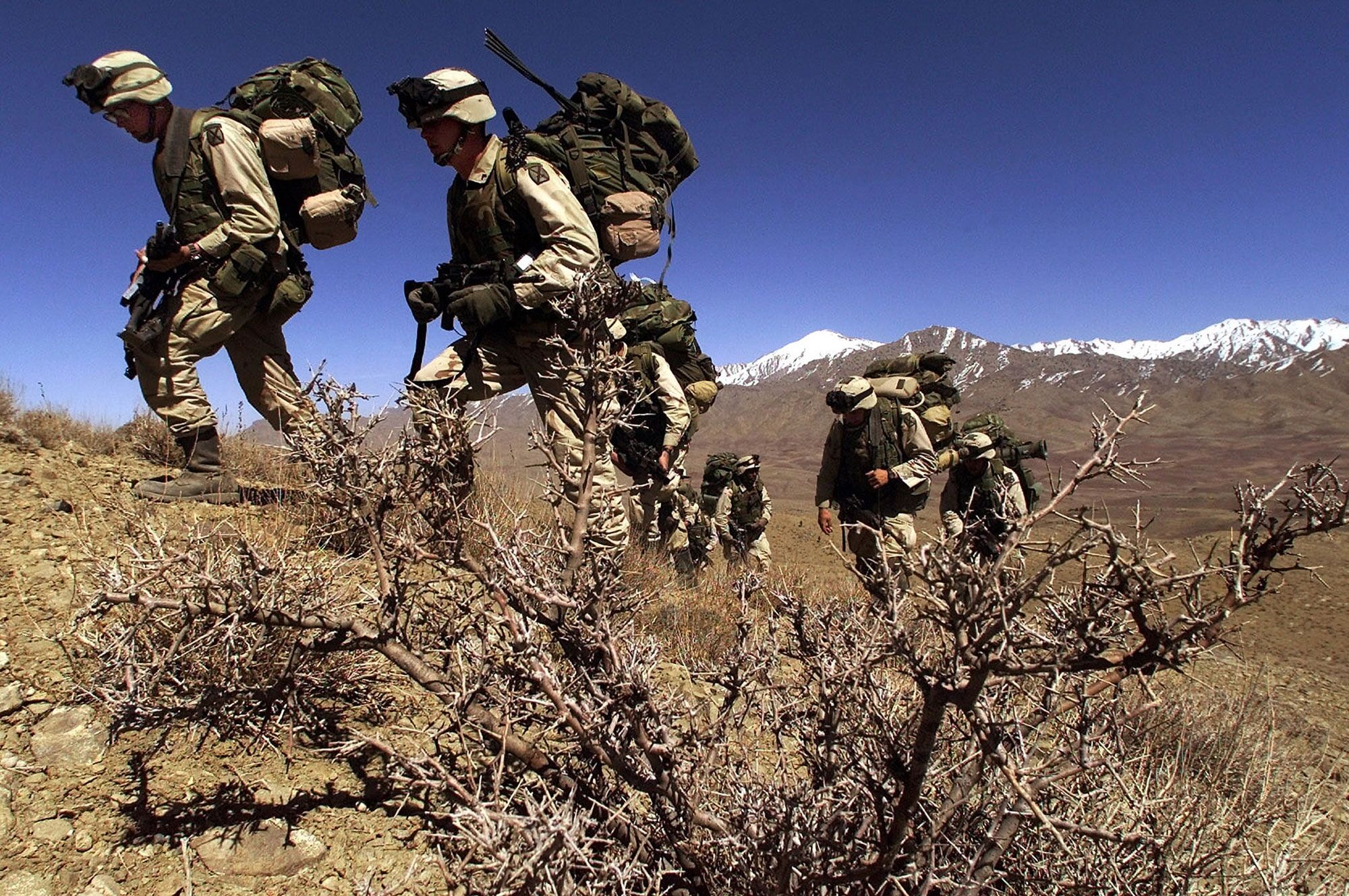

This situation, coupled with the congested and difficult terrain of the Shahikot Valley, played a major contributing role in the problems experienced during Anaconda's initial days.Soldiers board a Chinook in Operation Anaconda joint military presence and infrastructure in Afghanistan were not fully mature for these new operations. Army battalions performing ground maneuvers against enemy forces that required significant air strikes in supporting ways. By contrast, Operation Anaconda marked the initial use of U.S. ground presence had been limited largely to special operations forces, which worked with friendly Afghan units and helped spot ground targets for U.S. military operations in Afghanistan were undergoing a transition. Because "truth" is a function of one's angle of vision, this battle will be debated for a long time, and interpretations of its lessons will remain controversial.Īnaconda did not conform to theories of information-age battles. Post-facto observers derive differing interpretations from the same information, while newspaper accounts sometimes report wrong information about the particulars. Intricate and exact details of the battle are hard to determine, as often is the case when participants have differing memories and insights. forces for future joint expeditionary operations and how to pursue transformation. But the difficult early stages of the battle provide insights for thinking about how to organize, train, and equip U.S. military personnel killed and more than 50 wounded. The battle ended as an American victory at the cost of eight U.S. Operation Anaconda, conducted in the Shahikot Valley of Afghanistan during early March 2002, was a complex battle fought in rugged mountainous terrain under difficult conditions. This report has been professionally converted for accurate flowing-text e-book format reproduction.


 0 kommentar(er)
0 kommentar(er)
